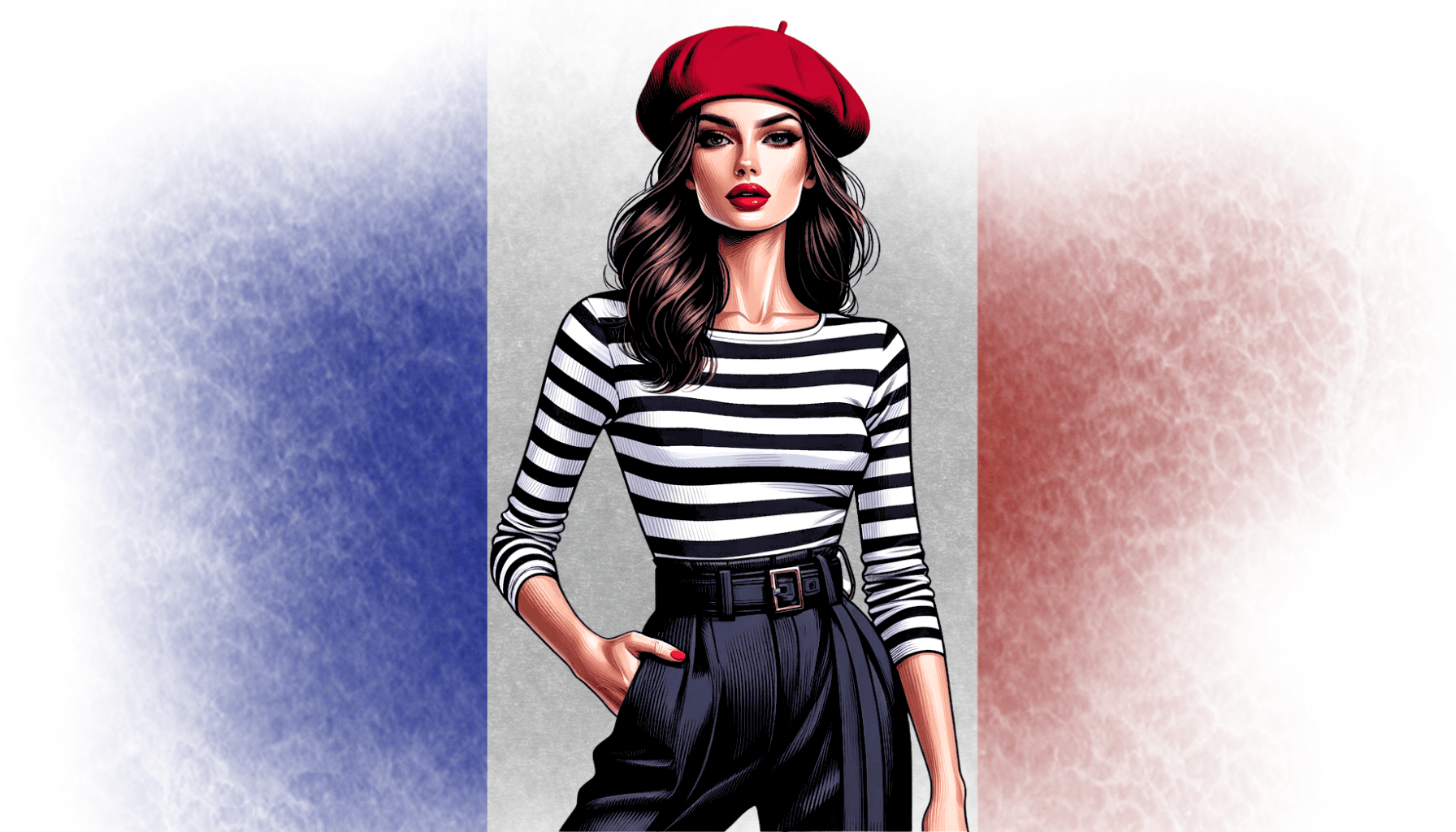Sharing is caring!
France is a country that’s famous for more than just its delicious food and beautiful landmarks.
It’s also known for its amazing fashion!
When we think about French fashion, we often picture stylish modern clothes.
But, France has a rich history of traditional clothing that tells a lot about its culture and history.
These clothes aren’t just regular outfits; they are special and have unique stories behind them.
In this article, we’re going to explore some of the most famous traditional clothes of France.
These traditional clothes are not just about looking good. They show us a piece of French history and help us understand how people in France used to live and celebrate.
1. Breton Stripe
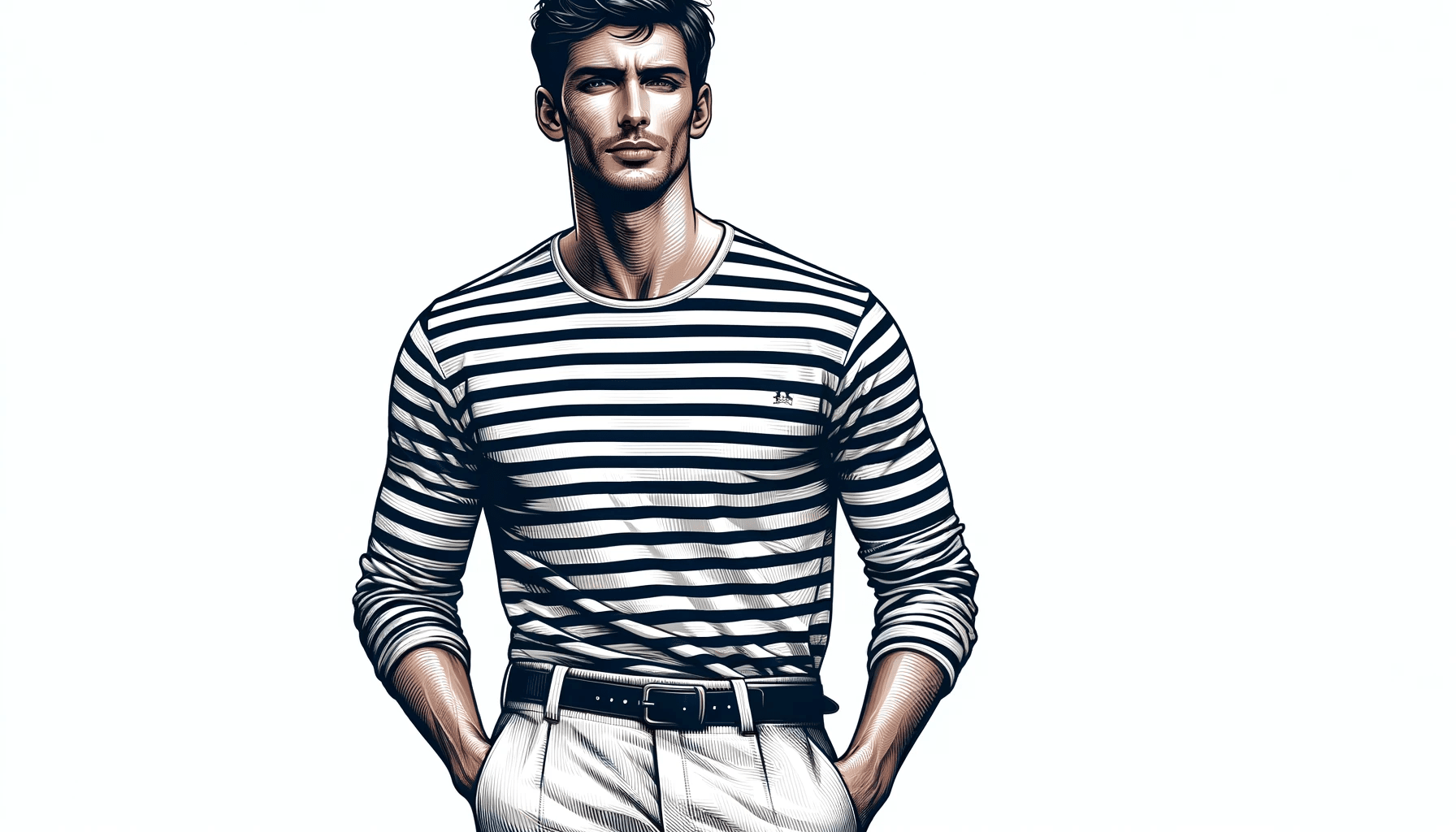
The Breton stripe has a story as interesting as its design.
Originally worn by sailors in Brittany, this iconic pattern made its way into mainstream fashion thanks to none other than Coco Chanel.
She was inspired by the sailors’ attire during a visit to the French coast and introduced it in her 1917 nautical collection.
This move revolutionized the fashion world, as the Breton stripe became a symbol of chic, casual elegance.
Today, it’s more than just a fashion statement; it’s a staple in French wardrobes. Whether you’re strolling along the Seine or browsing shops in a quaint village, you’ll likely spot someone sporting this iconic pattern.
It’s versatile, pairing well with jeans for a casual look or under a blazer for something more sophisticated.
The Breton stripe reflects the French approach to fashion: effortless yet always stylish.
2. Beret
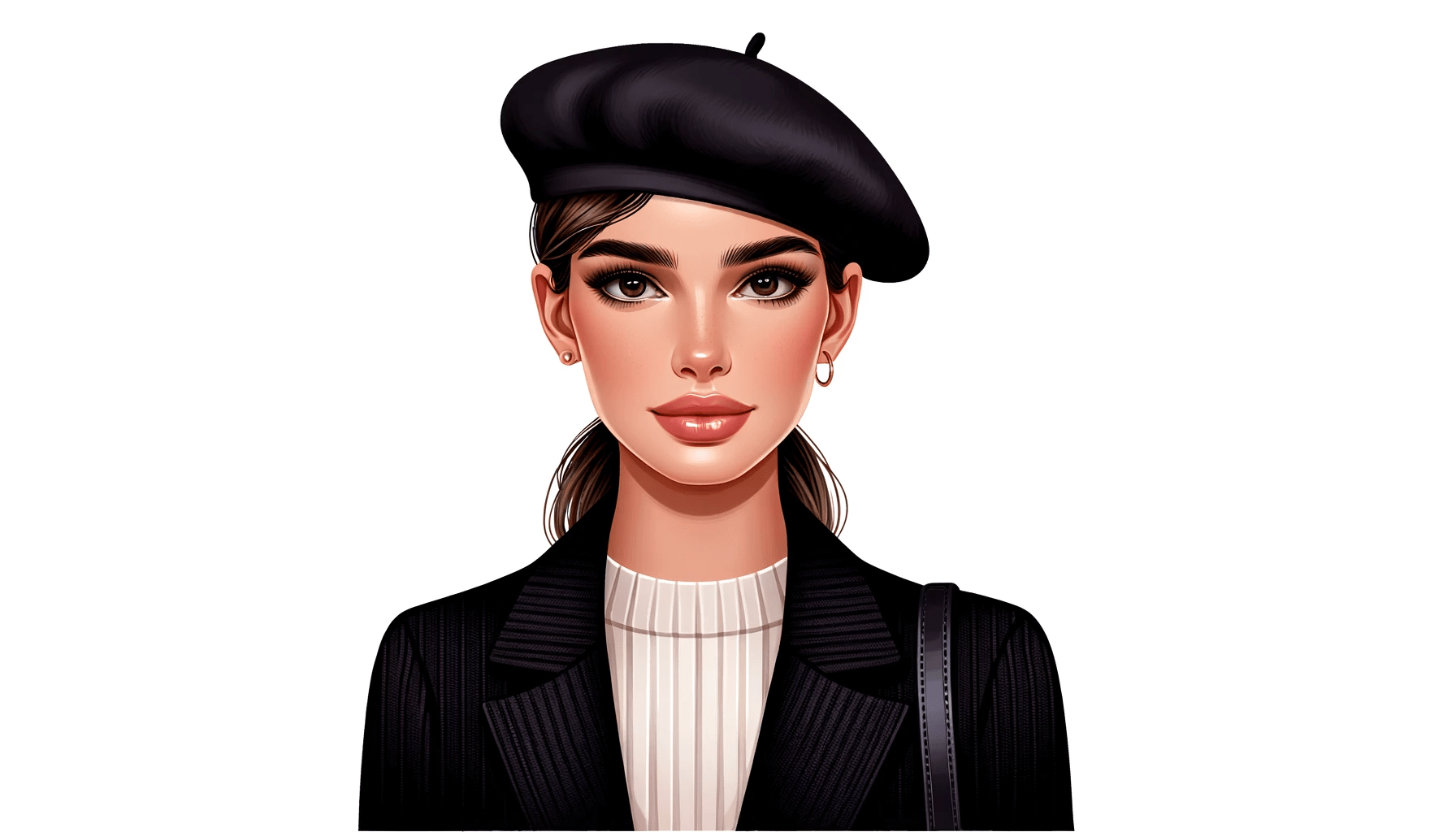
Ah, the beret – a timeless piece of French fashion.
This soft, round cap, often made from wool or felt, has been worn by various groups throughout history, including artists, military personnel, and revolutionaries.
But it’s not just its diverse history that makes the beret fascinating; it’s also how it became a symbol of French sophistication and artistic flair.
When you think of a Parisian artist, it’s hard not to imagine them with a beret perched jauntily on their head.
In modern France, the beret has evolved from a regional costume to a fashion accessory that adds a touch of elegance and mystery to any outfit.
It’s commonly seen in various colors, textures, and styles, adapting to contemporary fashion trends while maintaining its classic charm.
Whether worn tilted to one side or sitting snugly on the head, the beret remains a beloved icon of French style.
3. Kepi Caps
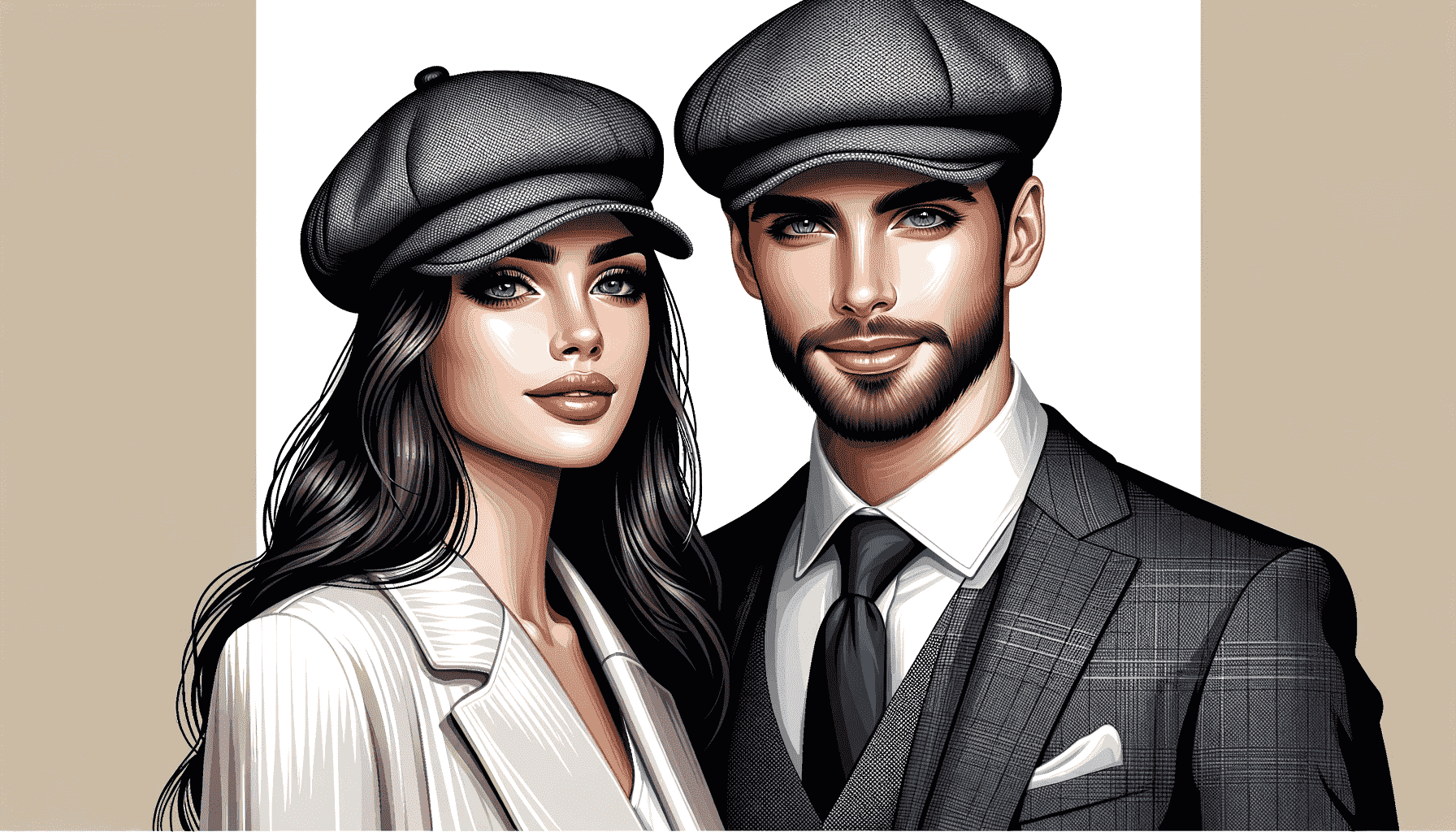
Kepi caps, instantly recognizable with their flat circular top and visor, hold a significant place in French military history.
Originally part of the French Army uniform, they became widely known during the 19th century.
Each cap’s color and design varied according to the regiment, making them not just a part of the uniform but also a symbol of identity and pride for the soldiers.
These caps are more than just headwear; they’re a piece of French military heritage.
In today’s France, kepi caps are often seen in military parades and ceremonies, serving as a reminder of the country’s rich military traditions.
Their influence has extended into the fashion world as well, with designers drawing inspiration from their distinctive style.
The kepi cap, in its simplicity and elegance, encapsulates a unique blend of history and style, making it a lasting symbol of French military and cultural identity.
4. Provencal Dress
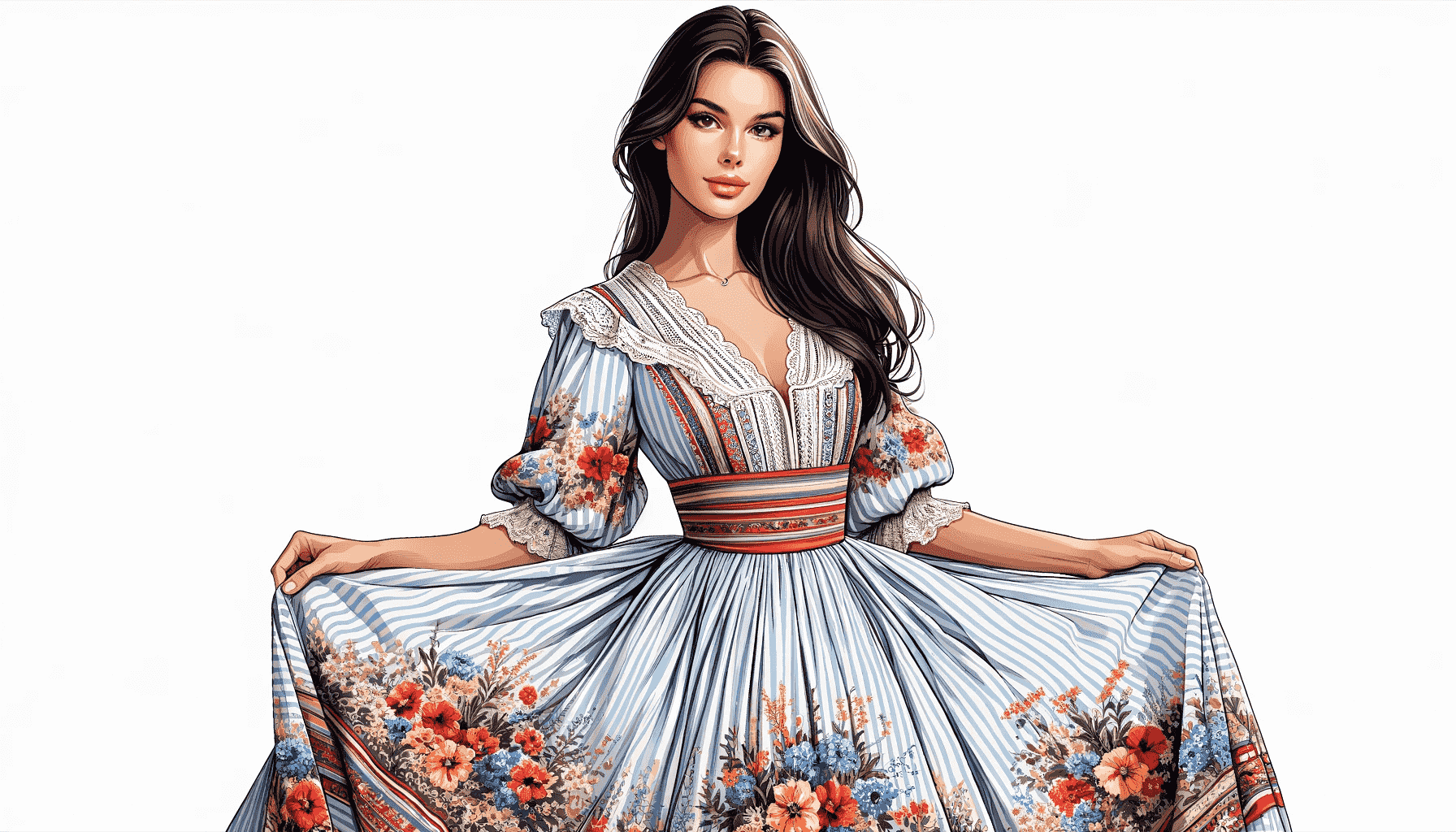
Originating from the Provence region in southeastern France, this traditional attire is characterized by its bright colors and intricate patterns.
Historically, these dresses were everyday wear for peasant women, crafted from durable materials to withstand daily chores.
But there’s more to them than just practicality; each pattern and color has its own story, often inspired by the natural beauty of the Provencal landscape.
Nowadays, the Provencal dress is a symbol of regional pride and is often worn during festivals and traditional celebrations. Its popularity has even spread beyond France, capturing the hearts of those who appreciate its rustic charm and vivid hues.
The dress is a testament to the enduring appeal of traditional attire in a modern world, blending functionality with a unique aesthetic that celebrates the spirit of Provence.
5. Smoking Jacket
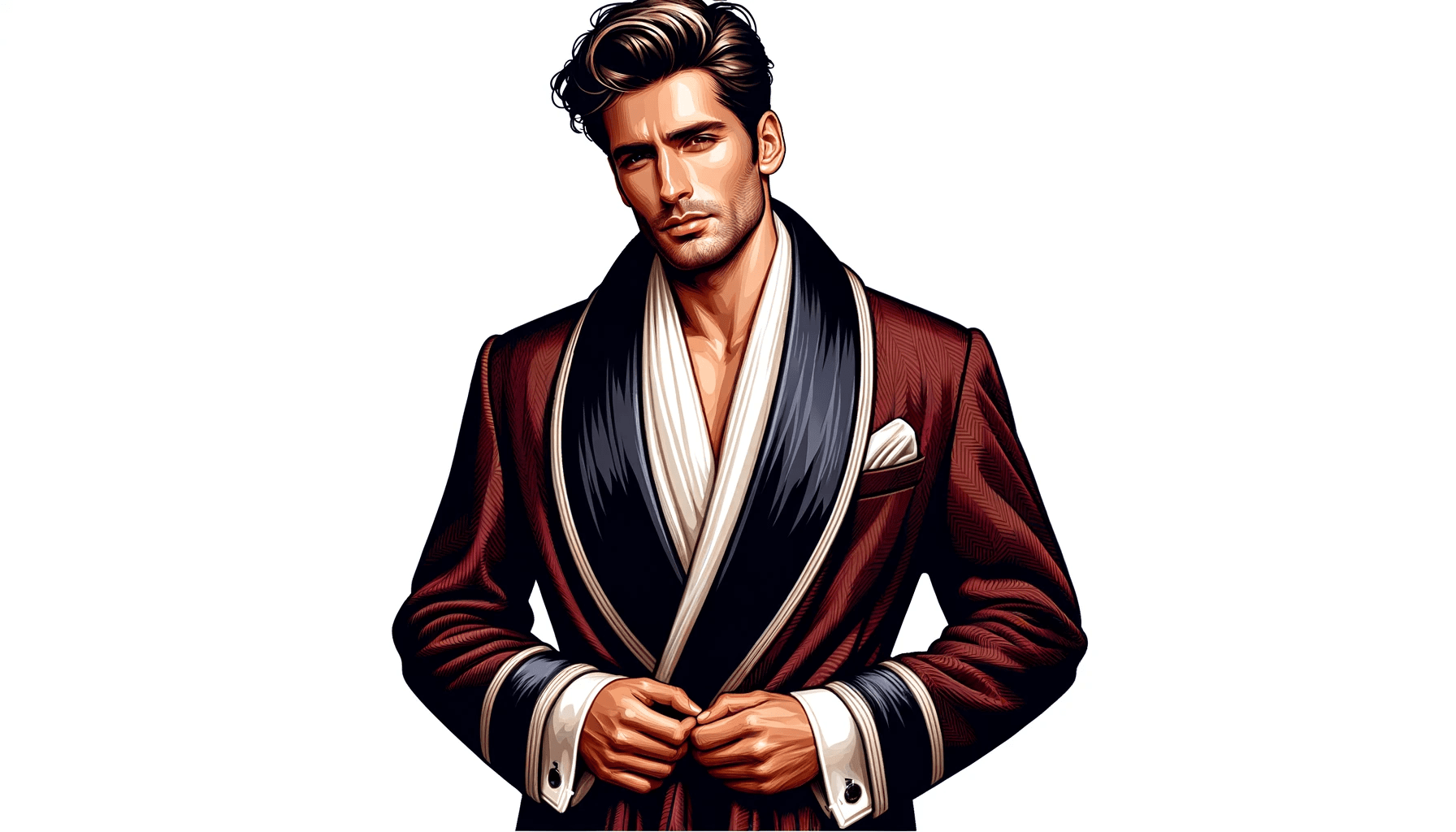
The smoking jacket, or “Le Smoking” as it’s known in France, is a testament to the country’s influence on global fashion.
Popularized in the 1960s by designer Yves Saint Laurent, this elegant jacket blurred gender lines in fashion, offering women a stylish, empowering alternative to the traditional evening gown.
Its sleek, tailored silhouette was a bold statement in an era dominated by more conservative female attire, and it quickly became a symbol of modern, confident femininity.
Le Smoking continues to inspire fashion designers and enthusiasts around the world. Its versatility makes it suitable for various occasions, from high-end events to more casual gatherings.
The jacket exudes a sense of luxury and sophistication that is quintessentially French, embodying the country’s flair for combining timeless elegance with avant-garde design.
It’s more than just clothing; it’s a piece of fashion history that continues to evolve and inspire.
6. Chantilly Lace

Chantilly lace is not just any lace; it’s a symbol of French elegance and craftsmanship.
Originating from the city of Chantilly, this delicate fabric became renowned in the 17th century.
It’s known for its fine, detailed patterns, often depicting floral designs, and its sheer, lightweight quality.
The process of making Chantilly lace is an art form in itself, traditionally done by hand, which adds to its exclusivity and charm.
Imagine a wedding dress or an evening gown adorned with Chantilly lace – it’s the epitome of sophistication. This lace has graced the collections of top fashion designers and has been a favorite among royalty and celebrities for centuries.
It’s not just about looking good; wearing Chantilly lace is about carrying a piece of French history and culture.
It represents a legacy of artisanal skill and timeless beauty, making it a treasured element in the world of fashion.
7. Mantua Gown
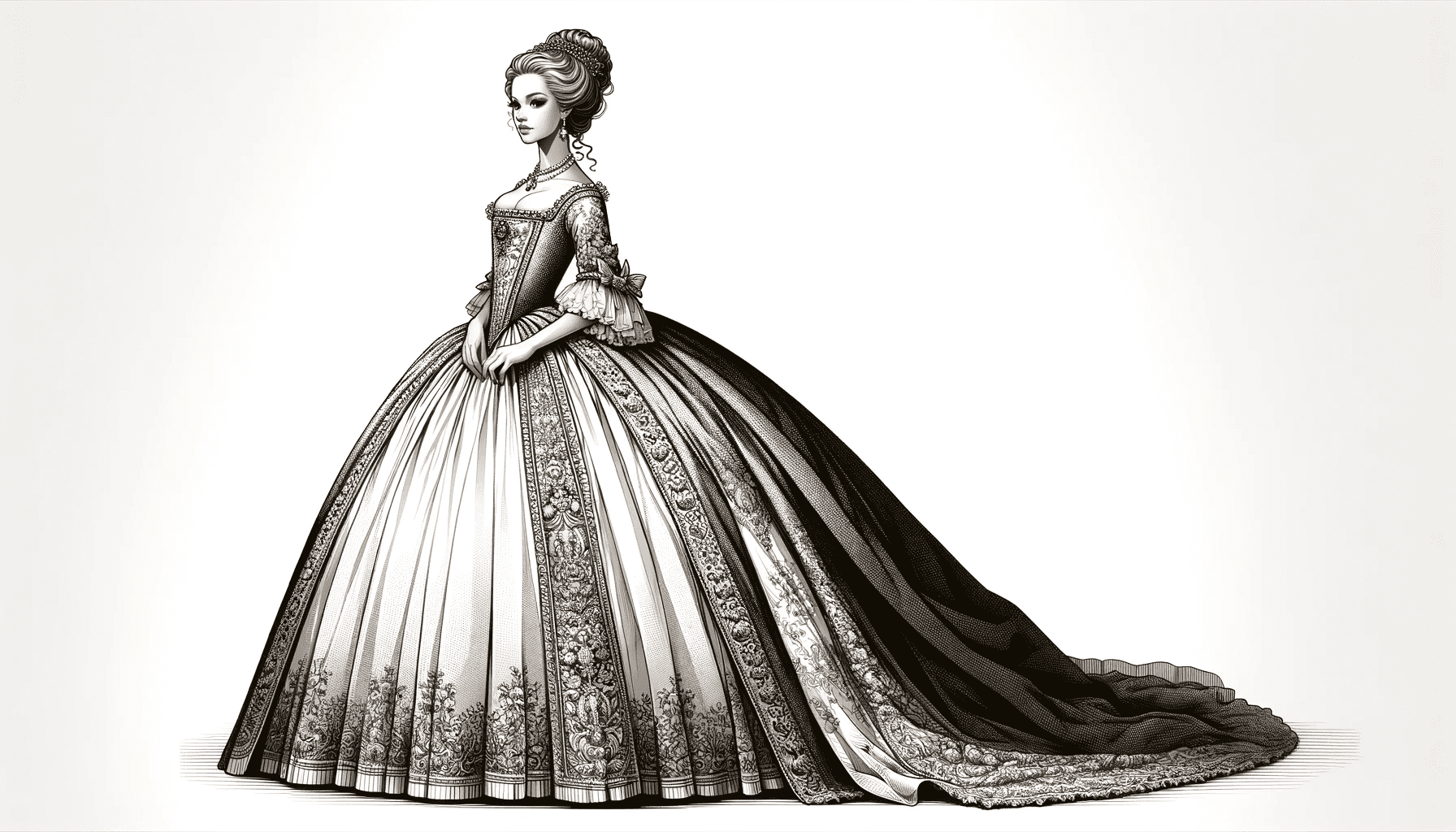
The Mantua, a staple of 17th and 18th-century French fashion, showcases the extravagance and opulence of the era.
It was a type of gown characterized by an elongated bodice and a voluminous skirt, often supported by a frame underneath.
The Mantua wasn’t just a dress; it was a display of wealth and status, adorned with luxurious fabrics and intricate embroidery, reflecting the high fashion of French aristocracy.
As times changed, so did the Mantua, evolving to suit the trends and necessities of each period.
While it’s no longer a part of modern wardrobes, its influence is evident in historical fashion and costume design.
The Mantua is a reminder of the grandeur of French fashion history, a time when clothing was as much about artistry and craftsmanship as it was about making a social statement.
8. French Naval Uniform
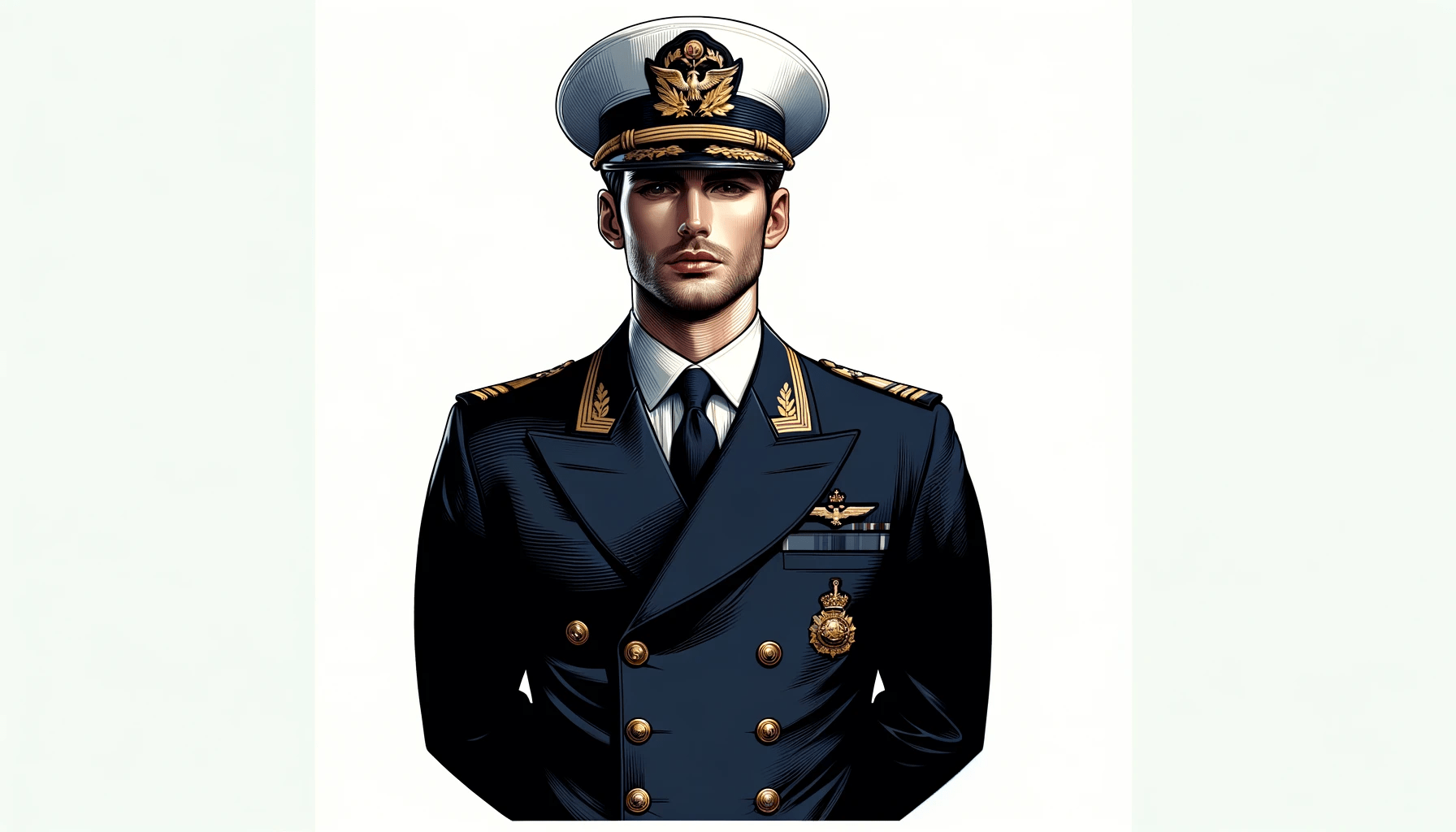
When you picture a French naval uniform, you might think of crisp, white attire with distinctive blue stripes.
This uniform, while serving a practical purpose, has also become an iconic representation of French maritime history. It’s not just a uniform; it’s a symbol of national pride and naval excellence.
The design, refined over the years, balances functionality with a dignified appearance, befitting the prestigious history of the French Navy.
The influence of this uniform extends beyond the military sphere. It has inspired various fashion trends, including the nautical style that periodically surfaces in mainstream fashion.
The clean lines, sharp colors, and structured design have a universal appeal, reflecting the French knack for creating styles that are both practical and elegant.
Wearing elements inspired by the French naval uniform, one doesn’t just embrace a fashion statement but also a piece of France’s maritime legacy.
9. The Can-Can Dress
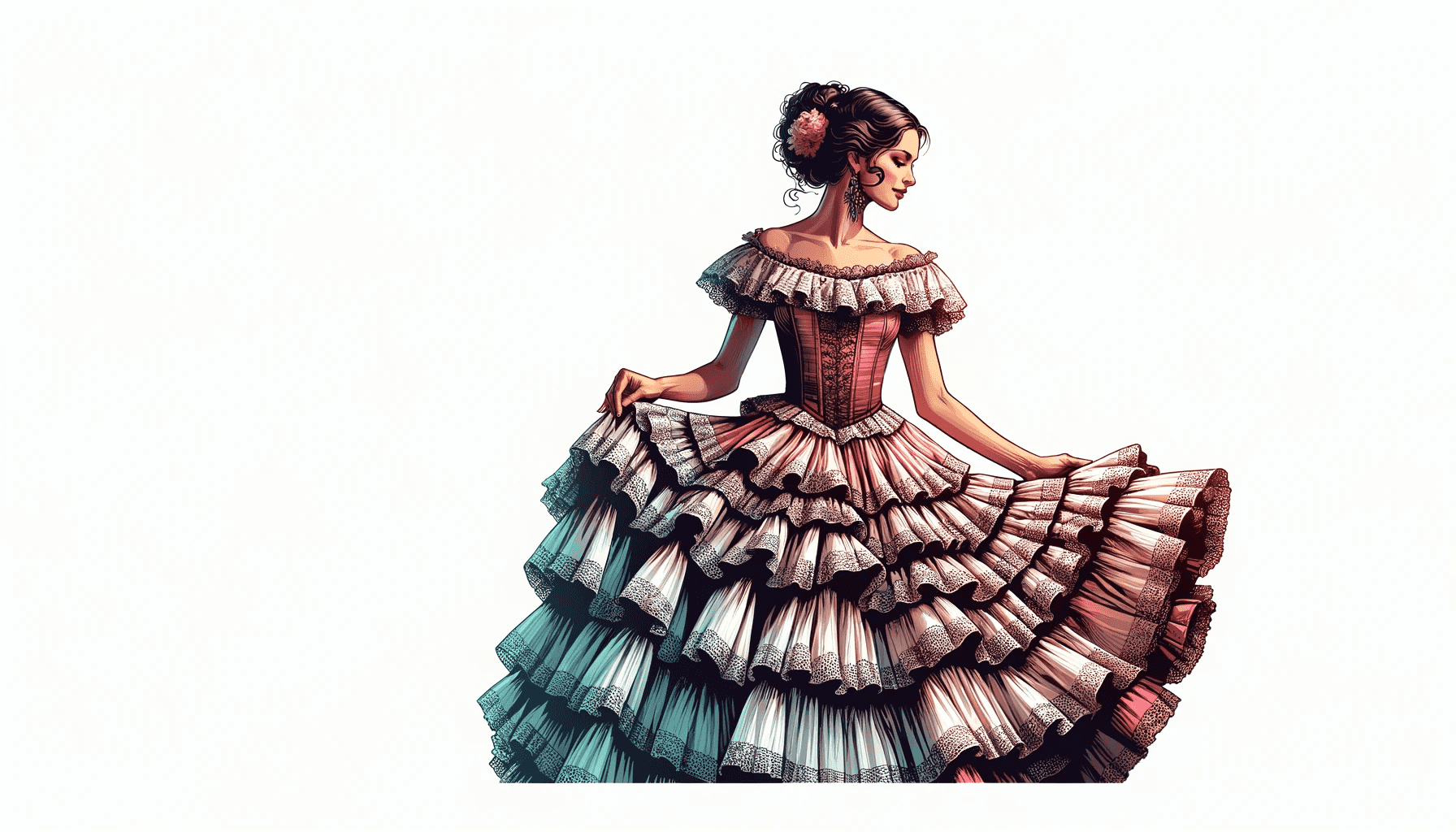
The Can-Can dress is as lively and spirited as the dance it’s associated with.
Originating in the 19th century, this high-energy dance became popular in the cabarets of Montmartre, Paris.
The Can-Can dress is characterized by its ruffled skirt, often in bright colors, designed to flare dramatically during the high kicks of the dance.
But it’s not just the visual appeal; these dresses played a role in challenging societal norms, as the dance was considered quite scandalous for its time.
Today, the Can-Can dress is synonymous with Parisian cabaret culture. It’s a celebration of freedom, joy, and the bohemian spirit of Montmartre.
Whenever you see a Can-Can dancer, with her skirt twirling in a vibrant display of color and energy, you’re witnessing a living, twirling piece of French cultural history, a symbol of the joyous rebellion against convention.
10. The Parisian Trench Coat
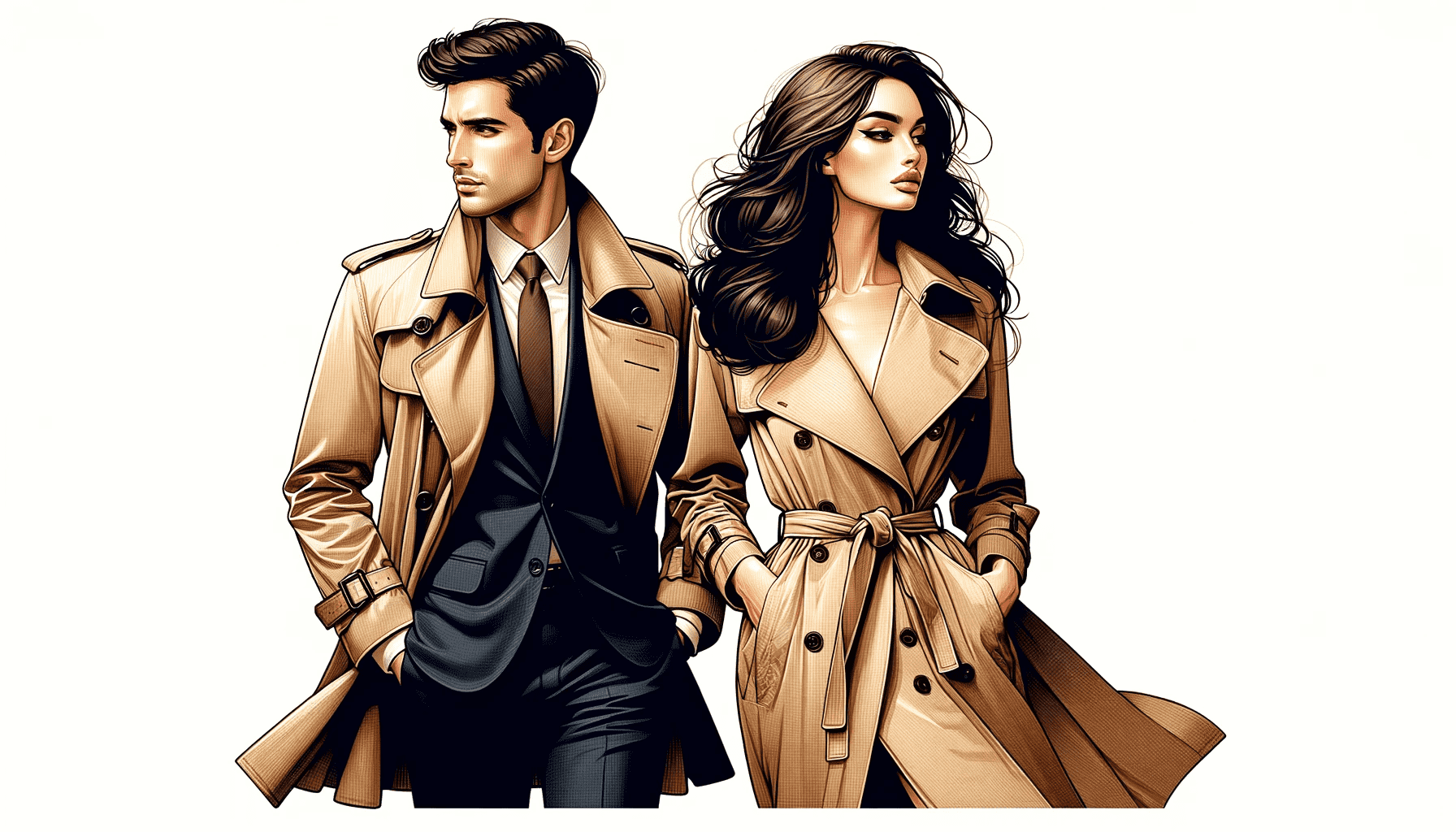
Let’s talk about the Parisian trench coat – a garment that encapsulates the essence of Parisian chic.
Originally developed as a military garment, the trench coat was adapted for civilian use and has become a staple in French fashion. Its practical design, with a belted waist and buttoned front, offers both comfort and style.
But it’s the effortless elegance it exudes that makes the Parisian trench coat a must-have in any wardrobe.
Strolling through the streets of Paris, especially during the transitional seasons, you’ll see a variety of trench coats.
It’s not just about staying dry during a drizzle; it’s about making a fashion statement.
The trench coat complements almost any outfit, from a casual ensemble to business attire.
11. French Peasant Costume
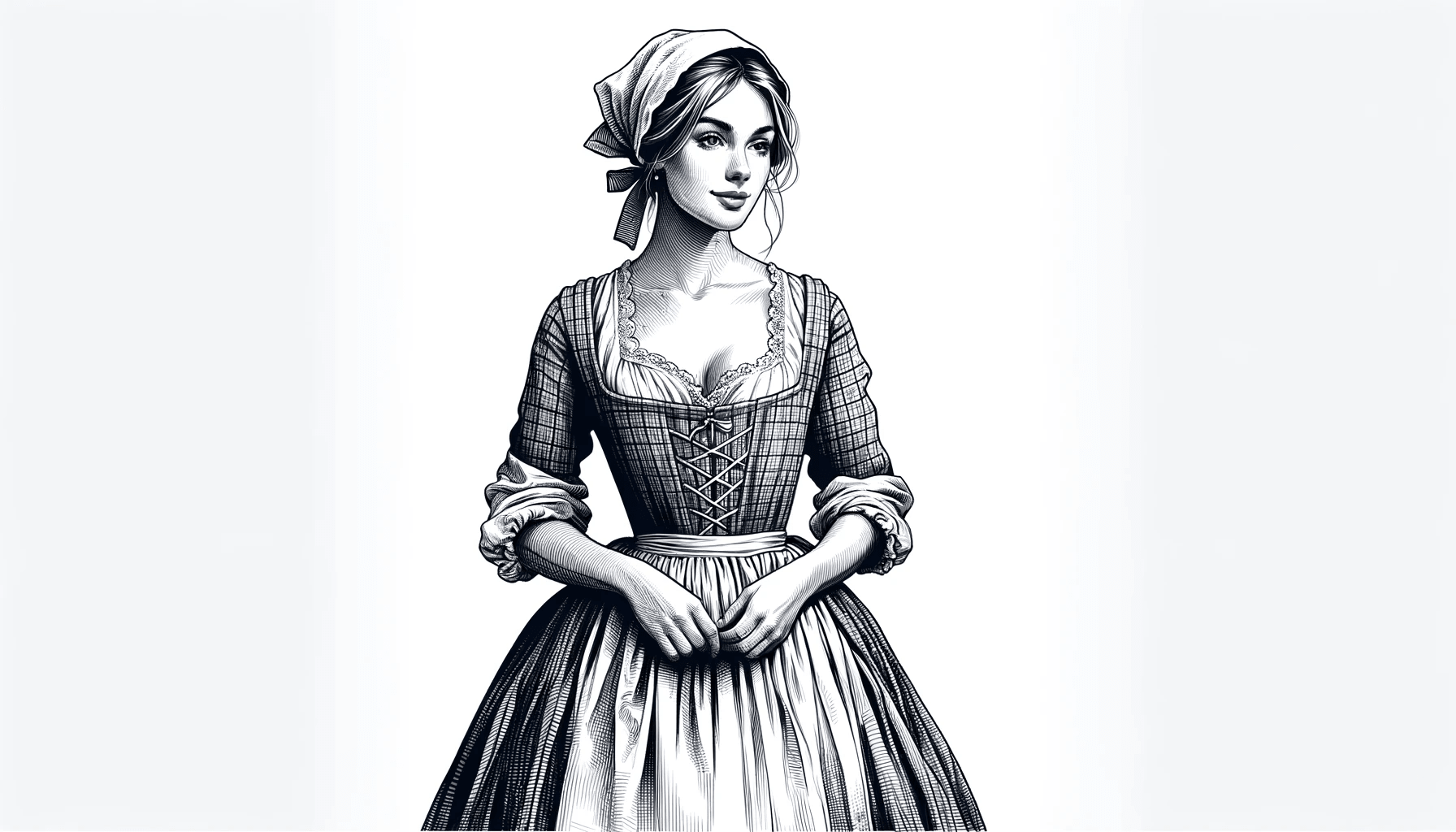
The French peasant costume vary by region, each telling its own story through unique patterns, fabrics, and designs.
Typically made from durable materials, these costumes were designed to withstand the rigors of rural life.
They were practical, yes, but also featured intricate embroidery and vibrant colors, reflecting the local culture and traditions.
Today, these costumes are celebrated in folk festivals and cultural events, keeping the rural heritage of France alive. They’re a window into the past, showcasing the diversity and richness of French regional cultures.
The peasant costume, with its humble origins, reminds us that fashion isn’t just about luxury brands and haute couture; it’s also about cultural expression and history.
12. French Court Dress
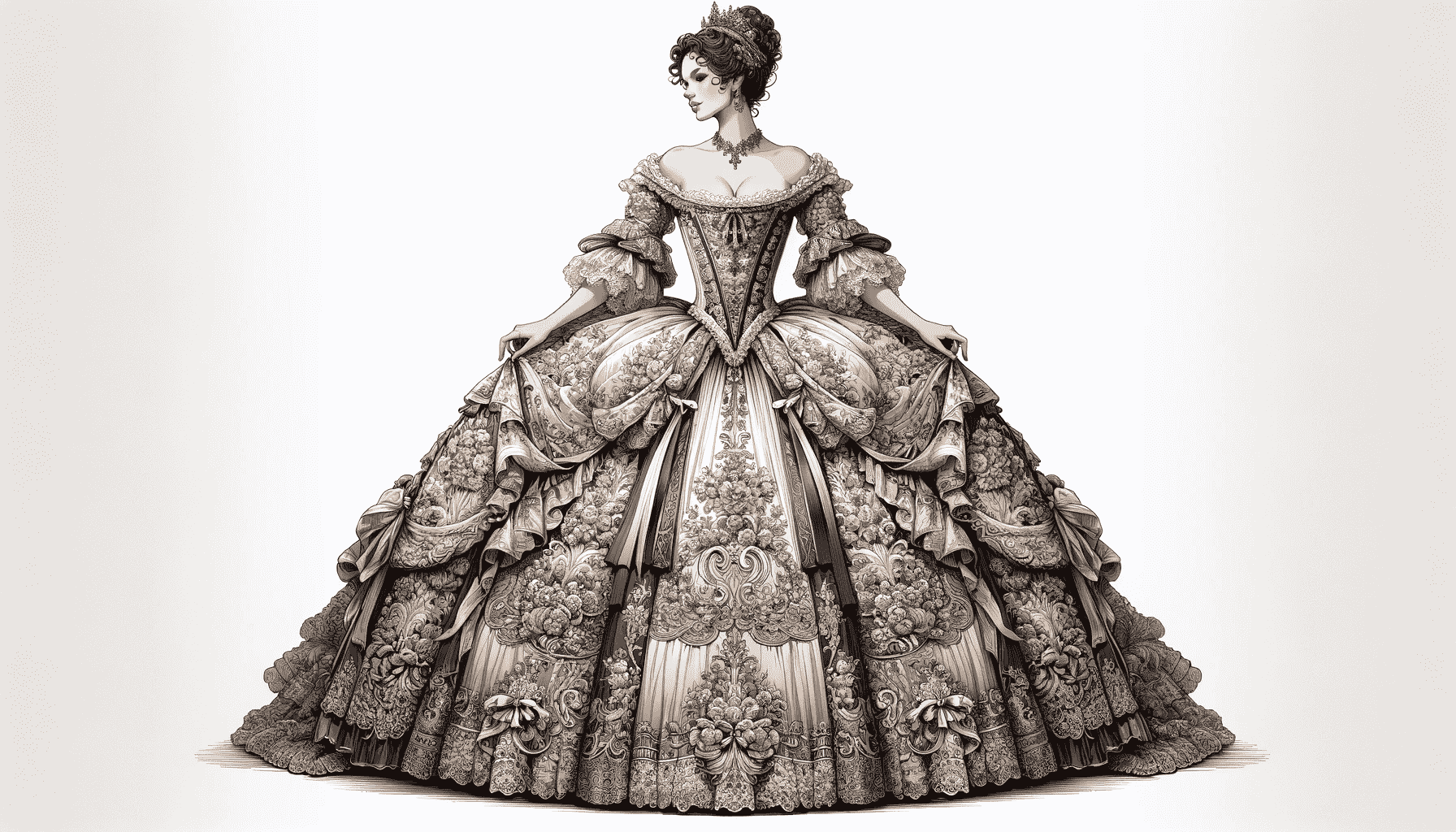
The French Court Dress, prominent in the 18th century, is a splendid example of royal opulence and style.
Worn in the courts of Versailles and other royal residences, these dresses were a visual feast, adorned with luxurious fabrics, lace, ribbons, and intricate embroidery.
The grandeur of these gowns reflected the high societal status of their wearers and was often used as a tool to display wealth and power.
Though these dresses are a thing of the past, their impact on fashion and culture is undeniable.
They inspire contemporary fashion designers and fascinate historians and fashion enthusiasts alike.
The French Court Dress is not just a garment; it’s a representation of a bygone era of extravagance and elegance, a key to understanding the social dynamics and aesthetic preferences of the French aristocracy.
FAQs
What is the Official Dress of France?
France doesn’t have an official national dress like some countries do. However, when people think about French clothing, they often picture elegant and stylish outfits.
France is known for its high fashion and designers like Coco Chanel and Christian Dior.
Traditional French clothing varies a lot depending on the region, but popular images include berets, striped Breton shirts, and chic dresses.
What is French Clothing Called?
French clothing doesn’t have a special name that covers all types of outfits.
Traditional French clothes are often referred to by their specific types, like the “Breton stripe” for the famous striped shirts from Brittany or “berets,” the round, flat hats that are a symbol of France.
Each region in France has its traditional clothing, each with its own unique name.
Why Are Berets Associated with France?
Berets have become a symbol of France, especially linked to the image of Parisian style and artists.
This association started because berets were widely worn by people in rural areas of France and later became popular among artists and intellectuals in Paris during the 20th century.
This made the beret a symbol of French fashion and culture around the world.
How Did French Fashion Become So Famous?
French fashion became famous because of its sophistication, quality, and the influence of Paris as a fashion capital.
Paris has been a center of fashion since the 18th century. The city’s designers and fashion houses like Chanel, Dior, and Louis Vuitton have set trends for centuries.
French fashion is known for its elegance, innovation, and its role in setting global fashion trends.
Sharing is caring!
